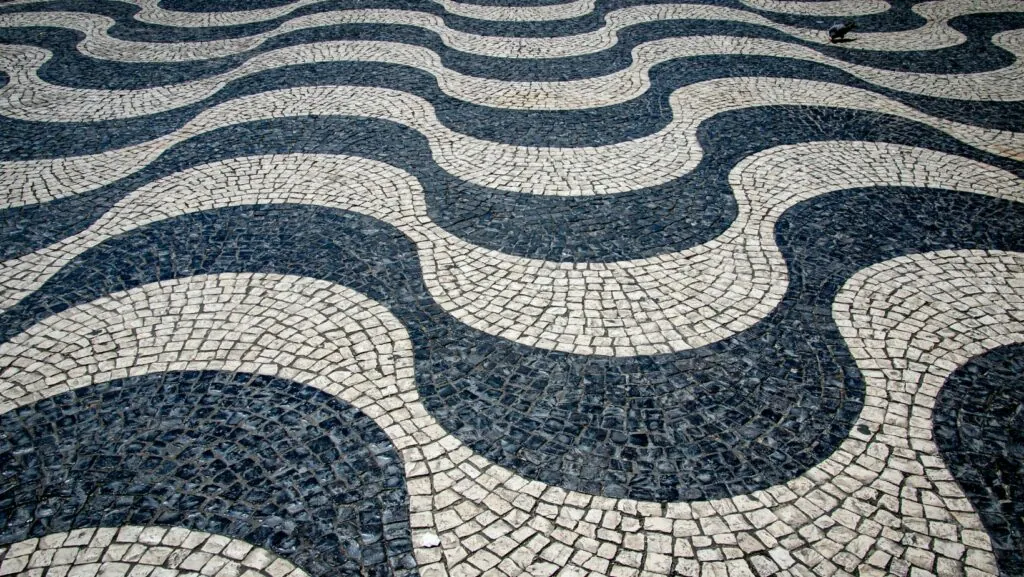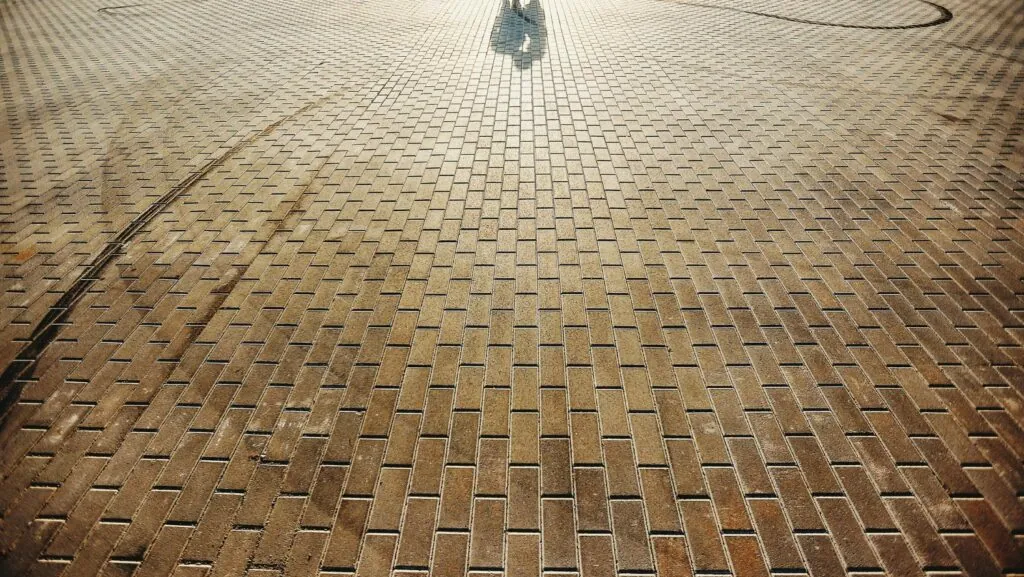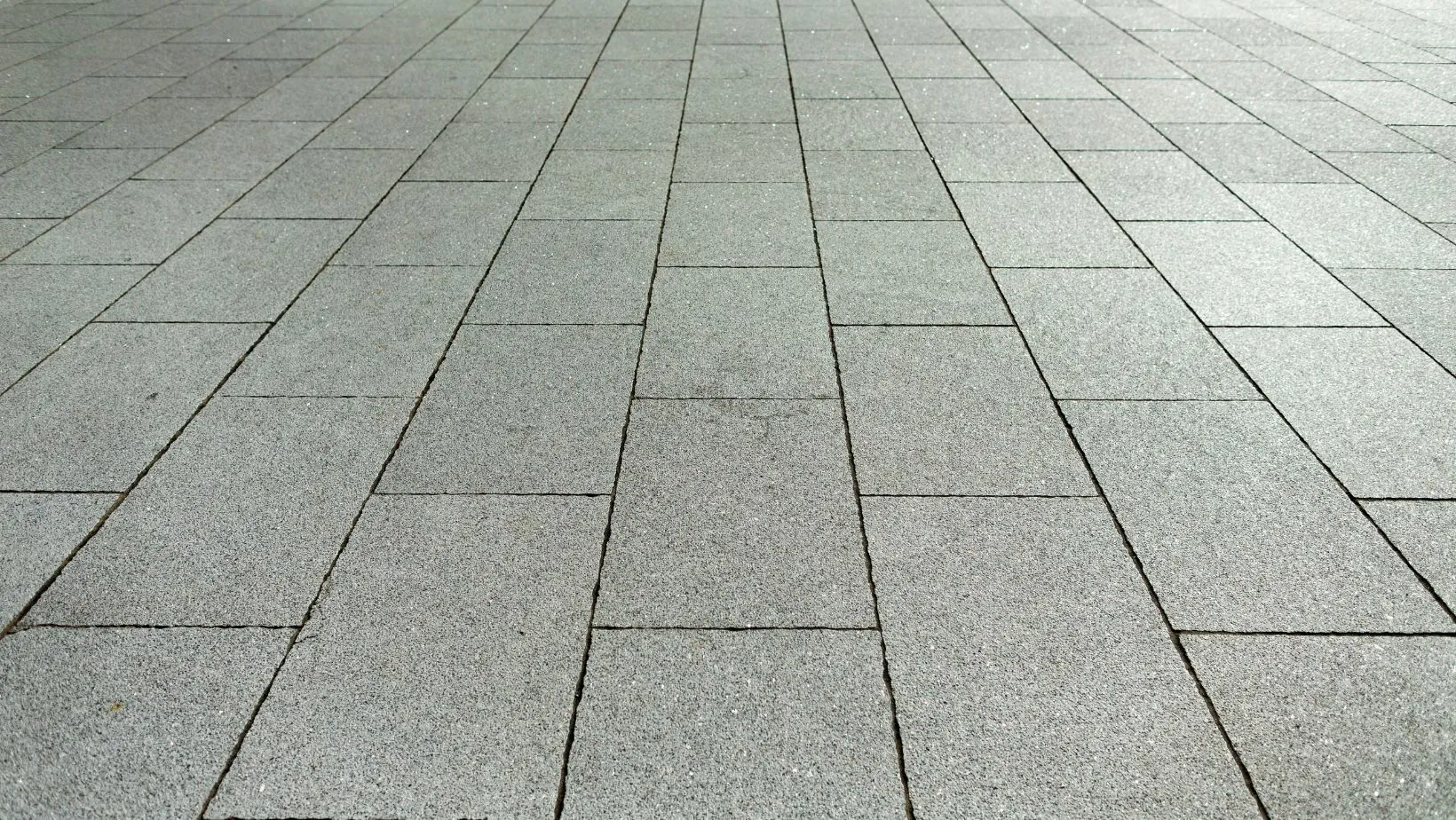Floors form the foundation of a room’s design, influencing how furniture, colours, and textures come together. When chosen carefully, they can transform a space from ordinary to exceptional. Stone has long been a favourite material among designers because it brings both durability and timeless elegance. Options like limestone tiles, for example, offer a neutral base that adapts to a wide range of décor styles, making them a versatile choice for any home.
Table of Contents
ToggleWhy Stone Works with Multiple Styles
Natural stone is prized for its adaptability. Its subtle variations in tone and texture allow it to complement everything from rustic farmhouse interiors to sleek, modern spaces.

Unlike some flooring options that lock you into a single design aesthetic, stone provides a flexible backdrop that evolves as trends change. This makes it particularly appealing for homeowners who want a timeless foundation that won’t need replacing when they update their décor.
Classic and Traditional Décor
For homes that lean towards traditional design, stone flooring can reinforce a sense of heritage. Tumbled or honed finishes in warm beige or cream tones work beautifully alongside timber furniture, antique pieces, and layered textiles. These floors add authenticity and charm, grounding the space while allowing decorative details to stand out.
Modern and Minimalist Interiors
In contemporary settings, stone takes on a very different role. Large-format tiles in cooler shades of grey or charcoal help create a clean, streamlined look. Polished or brushed finishes emphasise simplicity and precision, allowing minimalist décor to shine. The flooring here acts as a grounding element, preventing sleek spaces from feeling stark or cold.
Rustic and Farmhouse Aesthetics
For rustic-inspired homes, texture is key. Distressed or tumbled stone surfaces add character and mimic the charm of aged floors. Paired with exposed beams, vintage furnishings, and natural fabrics, textured stone enhances the cosy, lived-in atmosphere that defines farmhouse interiors. Its imperfections become part of the appeal, telling a story through subtle variations in each tile.
Industrial and Urban Design
Industrial-style spaces embrace raw materials and bold contrasts. Stone fits seamlessly into this aesthetic, especially when combined with exposed brick, steel, and concrete. Darker stones or textured finishes provide a rugged backdrop that complements the utilitarian vibe. The result is a space that feels edgy yet balanced.
Coastal and Relaxed Living
Homes near the coast often favour light, airy palettes. Pale-toned stone flooring reflects natural light and stays cool underfoot, making it ideal for beach-inspired interiors. Paired with soft blues, whites, and natural fibres, it reinforces a relaxed, breezy aesthetic. The durability of stone also makes it practical for sandy feet and high-traffic living areas.
Tips for Designers Pairing Stone with Décor
- Consider the undertone: Warm-toned stones complement traditional and rustic styles, while cooler shades work well in modern and industrial spaces.
- Match finish to function: Use polished stone in formal living areas and textured finishes in kitchens, bathrooms, and outdoor settings.
- Think about scale: Larger tiles suit open-plan designs, while smaller formats can highlight detail in intimate spaces.
- Layer textures: Pair smooth stone with soft textiles or rugged finishes with metal and timber for contrast.
A Foundation for Evolving Styles
The strength of stone flooring lies in its ability to anchor a space while adapting to changing décor. Whether you’re styling a cosy farmhouse kitchen or a modern city apartment, stone provides a foundation that enhances the overall design.

By carefully choosing the right tones, finishes, and pairings, designers can create interiors that not only look beautiful now but will continue to feel relevant for years to come.




